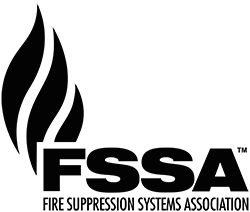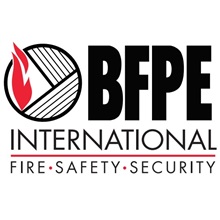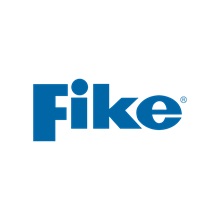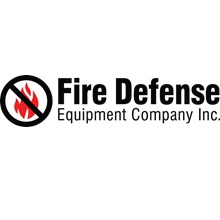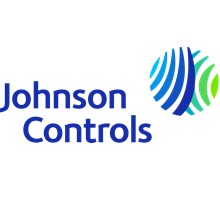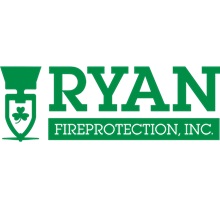NFPA 855: What is Hazard Mitigation Analysis and Why is it Important?
The Hazard Mitigation Analysis (HMA) is step number one. This is the first thing that you as manufacturers, you as installers, you as property managers that are looking for properties, need to talk about; do we have an HMA for our batteries? I had someone come up to me recently and say, well, sometimes when we pick a site, we don't know the technology. Okay, you normally have a couple in mind or two, or three. Make an HMA with all three technologies and then we can just get rid of the ones that you don't end up using. But let's start this hazard mitigation analysis early. Because what it does is it looks at the consequences of failure. And if you look at the Phoenix Fire Code, we require this for every single battery installation. NFPA 855 and the base International Fire Code (IFC) has three different criteria.
But we're looking at these all the time because we want to know what happens when something goes wrong. We ask what happens if your mechanical ventilation fails. You answer, we have explosion control. Okay, that makes sense to me. What happens if my fire protection system doesn't work, or my smoke protection system doesn't work? What happens? What are the consequences? And that's what this analysis does for us. It goes through all of the different consequences of failure and says, this is what's going to happen, and this is how we're going to try to avoid it, or this is how we're going to deal with it. And that's the number one thing that we're looking for. Hazard Mitigation Analysis takes a long time to create, and they actually take a long time for us to review. Make sure you guys do these early and get these to us as quickly as possible so you give us time to go through these.
Who is ultimately responsible for developing and driving the HMA process, the BESS manufacturer, the engineer, the owner, the contractor?
So, who is ultimately responsible for the HMA? It's going to be the installer. It's going to be the person that's coming to me saying; Hey, we want to do this project. But they're going to be hiring an engineering firm and the engineering firm is going to be the one that creates this. At the end of the day, just like the plans, it's going to be part of the submittal package. So, it's going to be on that installer or that developer, whoever is the one that's coming to me. You are going to be asked about the HMA and it's going to be on them to hire an engineering firm or whoever it might be to create that. But at the end of the day, it's the person that's coming to me saying; Hey, we want to do this and we're the ones that are going to be the ones submitting the plans.
Code actually does a really good job talking about hazard mitigation approval. You know, how can I approve these HMAs? There are different ways that we basically can say; Hey, we're going to approve this HMA. In the McMicken incident, we had deflagration hazards that are going to be addressed by an explosion control or other system. That's huge for us. We know that these batteries create enough flammable gasses to create an explosive atmosphere. So, we want to make sure that the deflagration hazards are addressed in the HMA, then I can approve it.
 FSSA Series Presented by: Brain Scholl, Deputy Fire Marshall of the Phoenix Fire Department
FSSA Series Presented by: Brain Scholl, Deputy Fire Marshall of the Phoenix Fire Department
As a Deputy Fire Marshal that has seen the impact of ESS fires and incidents as well as a member of the NFPA 855 committee, Brian will share his perspective on how the code was developed, highlight lessons learned from serious ESS incidents, and how the code should be interpreted and applied. Brian Scholl is a Deputy Fire Marshal with the City of Phoenix Fire Department. Throughout his 22-year career, Deputy Fire Marshal Scholl has worked in many roles to include being the Public Information Officer and managing the Special Hazards Unit. This highly trained inspection unit inspects and permits any facility that stores, handles and uses hazardous materials including lithium ion batteries. Brian also serves on many different code technical committees to include NFPA 855, the standard for the Installation of Stationary Energy Systems and NFPA 420, the Standard on Fire Protection of Cannabis Growing and Processing Facilities.
Hear more from Brian first-hand at the upcoming FSSA 2024 Annual Forum which will be held February 22-26 in Phoenix, AZ. Don't forget the deadline to register at the regular rate is January 15!
Looking for more education on this topic? Videos are continuing to be added to the FSSA NFPA 855 Standard for the Installation of Stationary Energy Storage Systems Series playlist on YouTube. Subscribe to the FSSA channel for updates. Not an FSSA member? Join today and your entire company gains access to the FSSA Annual Forum, publications and communications, complimentary webinars, discounted training programs and more!
Take advantage of the FSSA new member promotion for Installers, Manufacturers, and Suppliers. This one-time introductory membership price is valid for any new member company or returning member company that has not been active in the last three (3) consecutive years.
